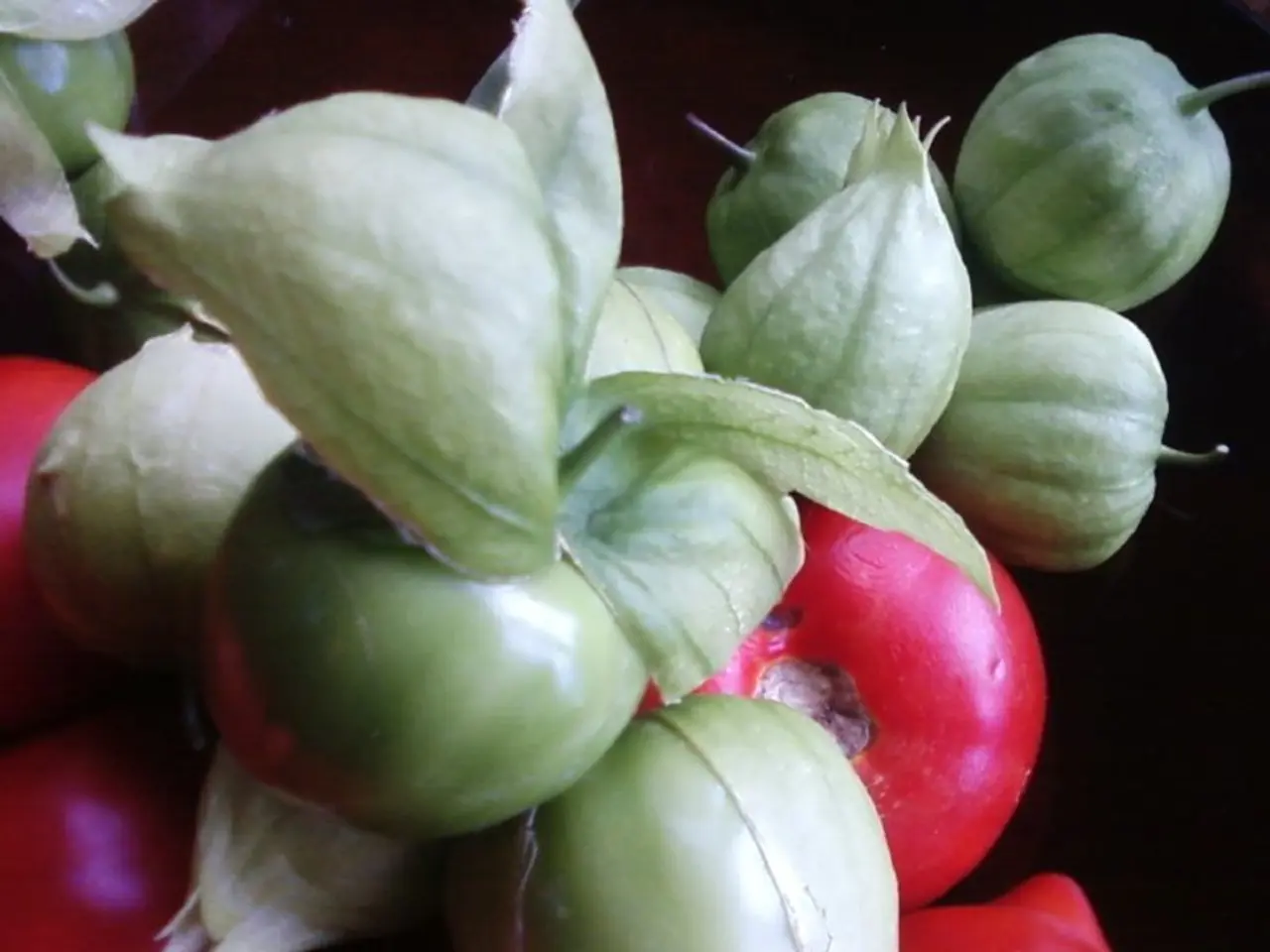Late-Season Gardening Tips: A Guide for Your Outdoor Spaces
Preparing Your Garden for a Successful Fall Season
Garden lovers in the Bay Area have an opportunity to prepare for a productive and vibrant fall season, thanks to some helpful tips from the University of California Agriculture and Natural Resources. Proper planning in late summer is crucial for a healthy garden growth and plentiful harvest.
The University's recommendations focus on garden cleanup, soil care, pruning, and plant protection.
Firstly, remove smaller weeds by hand, making sure to extract the entire root to prevent regrowth. Leave some leaf litter as habitat for beneficial insects like native bees, lacewings, and ladybugs which overwinter in undisturbed areas. Mulch lightly with leaves or grass clippings to nourish the soil and prevent erosion, unless you are in a fire-prone zone where debris should be cleared.
Clean up garden debris by removing broken limbs, dead wood, fallen fruits, and diseased plant material. Prune shrubs and trees as needed but generally wait until spring for major pruning on trees.
Protect and build soil by testing your soil to determine necessary amendments, applying organic matter such as compost or aged manure, and lightly loosening the topsoil with a garden fork (avoiding deep tilling). Mulch beds with 3–6 inches of organic material, keeping mulch a few inches from trunks.
Late summer is also the perfect time to plant fall cover crops like cereal rye, crimson clover, vetch, or fava beans to improve soil fertility and structure over winter. These can be cut down before flowering in spring.
Late summer pruning of trees and shrubs is ideal to shape plants, improve air circulation, and reduce canopy height, which also discourages new growth going into fall and winter. For late season vegetables like tomatoes, pruning the tips can help encourage fruit ripening before the season ends.
Deadheading spent flowers continues blooms, but consider leaving some seed heads for birds to benefit from over the winter.
These practices help ensure your garden is healthy and prepared for a successful fall season. They balance cleanup with habitat conservation and soil health improvements that support plants through fall and winter.
To further enhance your home-and-garden lifestyle, consider incorporating appropriate fall cover crops like cereal rye, crimson clover, vetch, or fava beans into your garden to boost soil fertility and structure during the winter months. By late summer, take advantage of home gardening opportunities and prune trees and shrubs to shape plants, improve air circulation, and reduce canopy height, all of which aid in discouraging new growth as we approach the fall season.




